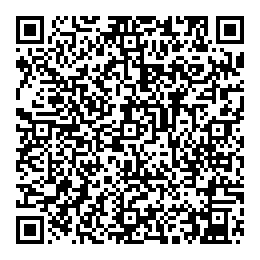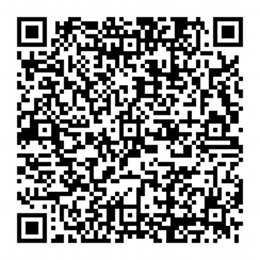Baffling barcode-on-steroids stickers plaster the EARTH
Sysadmin blog QR codes are everywhere. They have completely overrun Japan and are becoming well-established in the rest of the world as well. There are plenty of convenient uses for this technology, as well as several less carefully considered uses.
QR codes were created in 1994 by Toyota subsidiary Denso Wave. There was a need for a machine-readable visual information format with a greater information density than traditional bar codes. Denso originally saw use for typical industrial tasks such as inventory management and tracking car parts through the manufacturing process.
Successful use of QR codes relies on an understanding of the underlying technology. The largest defined QR code standard can hold 7,089 characters of numeric data, 4,296 of alphanumeric data or 2,953 of binary data. They can use error correction that allows for up to 30 per cent of the original QR code to be damaged while still being readable.
Those are or course theoretical limits, and real world applicability varies. High-end industrial code readers won’t have a problem with the high-density version-40 codes. Smartphones are another matter. The 8 megapixel camera on a Samsung Galaxy S II can read a 50mm x 50mm v-40 QR code. The 5 megapixel camera on an HTC Desire struggles, but can accomplish the task at a closer range. The 2MP camera on a Blackberry Bold 9000 doesn’t make the cut.
The medium matters as well; QR codes work best as black ink on white paper. They are far less readable as images presented on even the best computer or smartphone screen. The combination of camera ability and media variability places a real world upper limit on the information density you can expect to be able to present with a QR code of a given physical size.
Standards have emerged as a result. Consider the embedding of contact information. The ISO standard is vcard, however the QR code world has chosen instead to embrace mecard.

Only losers still have their vcards…

The QR code world is sticking with the mecard
Most QR code applications will offer to add vcard or mecard information into a smartphone’s contact list, however contact details embedded as a mecard require fewer bits of data than embedding the same information in vcard format. This results in less complex QR codes which in turn increases readability for the same display size and resolution. Thus meecard as a de-facto standard.
QR codes are fairly simple to generate. If you are looking for a one-off for advertising purposes, there are introductory guides, simple tools and even websites to sell you your QR code printed on virtually every object imaginable.
For those looking for a little bit more of an automated generation process, QR codes can be easily generated from the command line, or programmatically.
Every information transmission medium has its dark side, and QR codes are no different. “Garbage in, garbage out” applies here: a QR code can easily contain a link to a scam or a blob of malicious binary information.
If you plan on an enterprise deployment of this technology, make sure you use readers that can’t be compromised by malicious code. In the consumer space, pay close attention to the apps (iOS, Android) you choose. Ensure the permissions are tightly locked down.
The machine-readable display space continues to evolve. While we are just now adapting to the use of QR codes in daily life, the Japanese are already struggling against QR code’s limitations. The requirement exists to pack more information into something a standard smartphone camera can read.
Denso Wave has already put out a successor, while another Japanese outfit has latched on to the idea of using colour to increase information density. Microsoft’s HCCB also uses colors, Nokia has Mobile Codes, and Google is pushing NFC as an alternative.
All of these next generation technologies face an uphill battle. The replacement technology must achieve greater information density. It must also cope with the ubiquity of extant QR codes. The existing design offers instant recognition. It is open (as in source) and free (as in both speech and beer). Denso Wave has formally declined to pursue any patent claims it has on QR codes and this has seen them flourish.
Eighteen years have seen this small industrial tracking format grow into an advertising sensation. It is used by governments as an encrypted stamp on passports to speed travelers through airports, on train tickets, and as unique identifiers on everything from club cards to bus stops. What innovations will the next 18 years bring? ®
Article source: http://go.theregister.com/feed/www.theregister.co.uk/2012/03/23/qr_codes_are_taking_over/